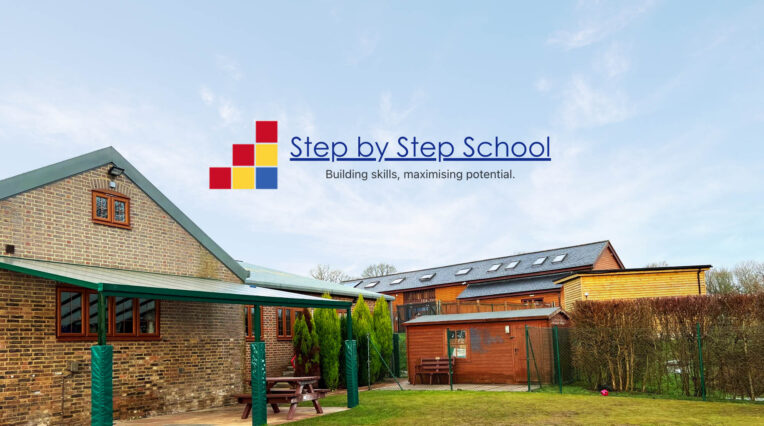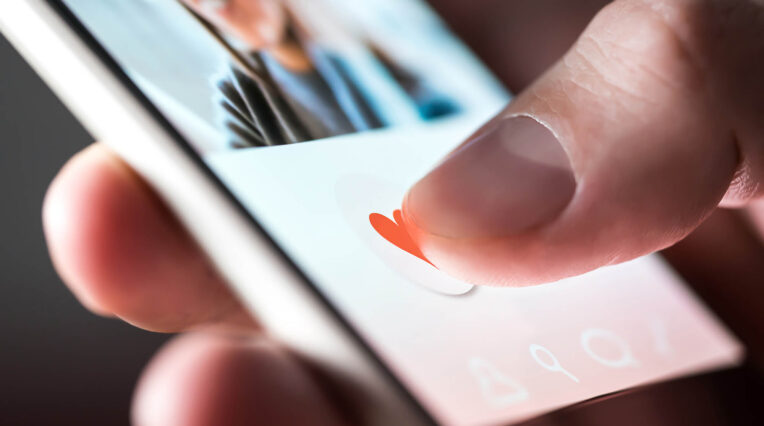Creative Marketing | 6/08/2017
Getting the most out of brainstorming
At Cobb Digital, we love brainstorming for the way it opens up creative possibilities and enables us to look at problems from new angles. We frequently get asked about the best way to hold a brainstorm and how to maximise results. So we’ve put together a few tips on planning, running and utilising your brainstorm.
What’s the point of brainstorming?
Brainstorming is designed to help you generate ideas. You can do it by yourself, but getting a group together helps to unlock different perspectives and allows you to build on each other’s suggestions, giving a broader output. A brainstorming session is most useful for:
- Getting away from the specific details and looking at the bigger picture
- Sharing thoughts amongst your team
- Generating creative concepts
- Helping your team, or multiple teams, to align their objectives
- Solving a challenging problem
In order to enable everyone taking part to look at the issue at hand as openly as possible and bring new ideas to the table, it’s important to give them free reign in the session. For that reason, at a Cobb Digital brainstorm, the following topics are banned:
- Project planning
- Budget
- Resources
- Timescales
- Technical capabilities
Of course, all these issues will have to be addressed eventually, but it’s much easier to scale an idea down than it is to build one up. If an idea has enough merit to make it out of the brainstorming phase, the next step will be to think about how to make it work within the above parameters. But that’s tomorrow you’s problem.
Preparation
Whilst brainstorms themselves are free-flowing sessions of madcap creativity (much like unicorns vomiting rainbows all over the place), it actually takes a great deal of thought and structure to enable that to happen. Here are our top tips on getting ready for a storm:
- Know what you want to achieve
Be clear on your objectives for the session and what you want to get out of it. Make sure everyone taking part is clear on that too.
- Assemble the right team
When inviting people to a brainstorm, it’s easy to automatically choose the people with “creative” roles, or the ones who know the project or client really well. But you will get more out of a team that has a mix of specialties, a range of personalities, and different levels of knowledge, as this will give you different and fresh perspectives and approaches.
- Get things moving
Everyone should feel relaxed and able to experiment during the session. Starting with a warm-up game is a great way to make everyone feel comfortable and break down barriers. Getting people moving around during the session and making the activities hands-on and interactive also gets the blood pumping to the brain and makes people look at things in new ways.
- Start with the basics
At the beginning of the session, it’s important to establish the foundations you’ll be working from. These might be things you already know, in which case you can share them with the group, or they might be less certain, meaning you’ll want to discuss them with the group and get agreement at the beginning of the session. These elements are likely to include target audience, key messages and USPs.
Brainstorming etiquette
Being creative is actually quite a vulnerable experience. It’s scary to put your crazy thoughts out there, but crazy ideas are exactly what you need to come up with something innovative. So how can you make people feel comfortable and encourage them to dream big?
- Make sure people are nice to each other
This might sound obvious, but it’s easy for the more confident members of the group to get carried away with their exciting idea, and steamroller over the more introverted types. Make a rule that no one should interrupt or talk over anyone else, and keep an eye out for it happening so you can politely as the talkative one to hold fire for a second while the quiet one finishes their thought. Another rule should be that no one criticises or puts down anyone else’s idea – there are genuinely no bad ideas in brainstorming.
- Encourage everyone to get involved
Keep an eye out for those quieter members of the team – they might be sitting on a genius idea, but be too nervous to say it out loud. If someone hasn’t spoken for a while, give them a nudge. Give positive reinforcement every time anyone shares any idea – the more positive feedback people get, the more they’ll contribute.
- Go big or go home
Make sure everyone knows that the aim is to come up with as many ideas as possible, and not to worry if they sound mad – in a brainstorm, we love mad. That crazy idea you have might not work in itself, but it might just spark another idea amongst the group and could evolve into something beautiful. Create an environment where everyone feels free to go nuts!
- Yes, and…
Under no circumstances should the following words be uttered in a brainstorming session:
- No
- But…
- It’s not possible
- It won’t work
These are known as “denier” words, and immediately shut down the person they’re aimed at, as well as being likely to restrain the rest of the group. Make sure the group knows that we’re not here to judge or restrict any ideas. Instead of negative deniers, encourage people to use affirmative language that will build on the concepts being generated, such as:
- Yes…
- And…
- We could make it work by…
Method in the madness
The session might feel wild and chaotic, but you’ll have put a lot of careful work into making that happen. We’ll look in a future post at some specific techniques and activities you can use during your session, but here are a few key things to remember.
- Write it down
There will hopefully be a lot of ideas generated, so you’ll want to get them all down on paper. Write everything down, and encourage the group to write their thoughts down as much as possible as they go.
- Prepare a structure
Before you start, think about the output you want to be left with and how you’ll want to communicate it back. Then structure all that writing as you go so you know where it belongs once you’re finished. For example, having several flipchart pages with different headings that people can write different elements on, or having sections of the room for different stages that post-it notes of ideas can be attached to, will help you to collate all the ideas after the session.
- Reflect and refine
Ever heard the phrase “write drunk, edit sober”? We’re not suggesting you down a bottle of wine before the session, but while your flurry of creativity will take place in a giddy haze of excitement, the next stage is about sober reflection. Put all the writing you gathered during the session away for a day, then come back to it with a fresh calm mind. Structure and distil the ideas into a document, then get the team to go through all the ideas to choose together the ones that should be taken forward and implemented. At Cobb Digital, we use an “idea checker” tool to assess whether each idea meets our core objectives. The ones that tick all the boxes will be brought forth into the real world; the ones that don’t are parked in the idea car park to potentially be brought out at a more appropriate time.
Have fun
The most important element of a brainstorm should be that it is enjoyable for the whole group. If everyone is feeling relaxed and energetic, the ideas will flow. Encourage everyone to work collaboratively and support one another, and you will create something beautiful!
In the second part of this blog, we’ll show you some brainstorming activities you can implement with your team!
If you have a problem to solve or need a creative injection into your marketing, our team can run a brainstorming session for you. Get in touch on 01273 208 913 or email info@cobbdigital.com.





